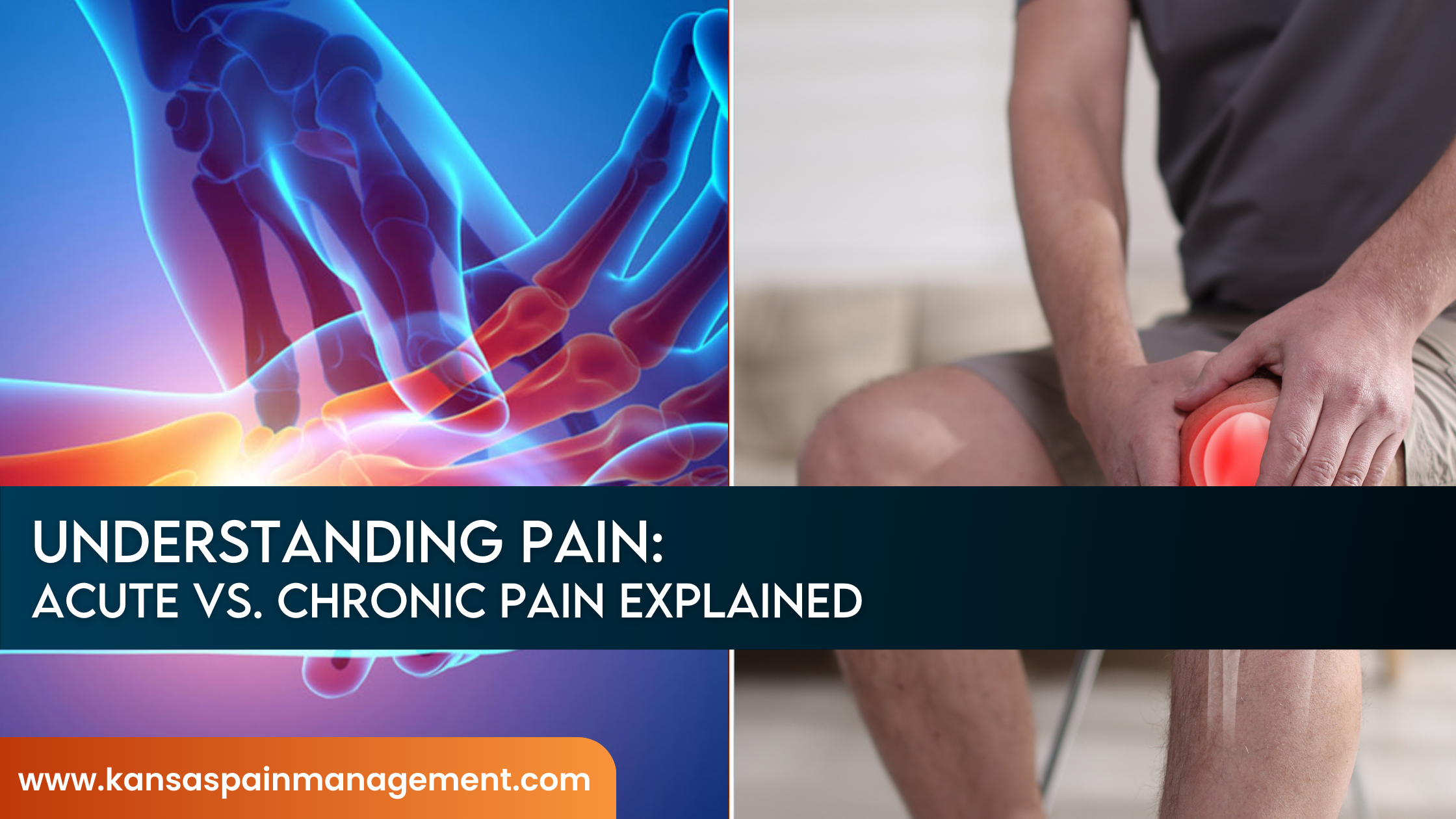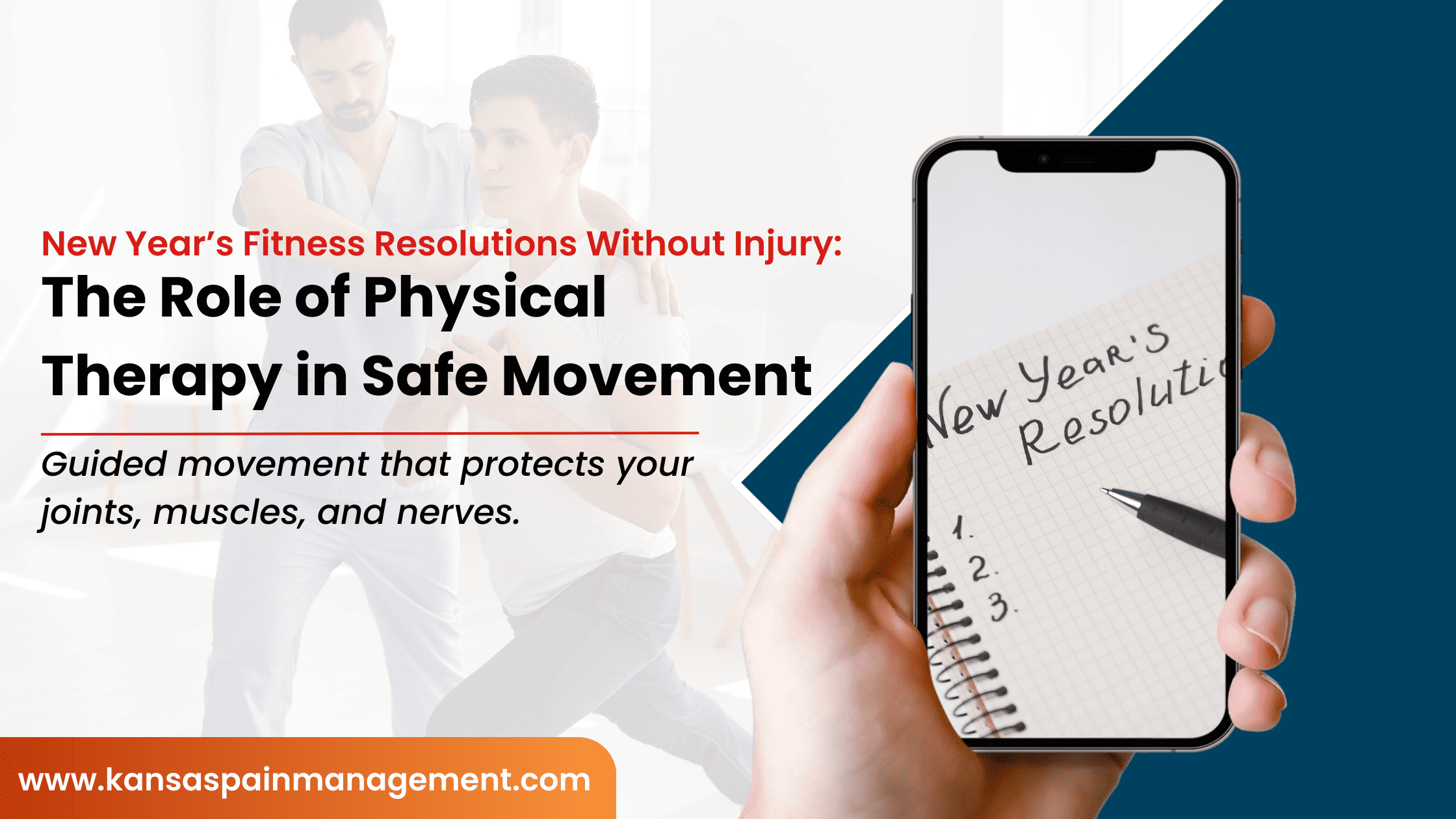Back surgery—especially laminectomy—is often seen as a last resort for chronic spinal pain. While many patients find significant relief after surgery, a surprising number continue to experience pain. This condition is known as Post-Laminectomy Syndrome (PLS) or Failed Back Surgery Syndrome (FBSS). At Kansas Pain Management, we understand how frustrating it can be to still suffer after undergoing such a major procedure. In this blog, we’ll explain what PLS is, why it happens, and how our pain management specialists can help.
What Is Post-Laminectomy Syndrome?
Post-Laminectomy Syndrome is a chronic pain condition that occurs after spinal surgery—most commonly following a laminectomy, discectomy, or spinal fusion. It refers to persistent back and/or leg pain despite the anatomical problem (like a herniated disc) being surgically addressed.
Common symptoms include:
- Chronic back pain (dull or burning)
- Radiating leg pain (sciatica-like)
- Numbness, tingling, or weakness in the legs
- Limited mobility
- Depression, anxiety, or sleep issues due to ongoing pain
Why Does Pain Persist After Spine Surgery?
There are several reasons why patients may develop Post-Laminectomy Syndrome:
- Scar Tissue Formation (Epidural Fibrosis):
After surgery, scar tissue can form around nerve roots, leading to irritation or compression. - Recurrent Disc Herniation:
The disc that was initially treated may herniate again, or a nearby disc may become problematic. - Spinal Instability or Adjacent Segment Disease:
Surgery may alter the biomechanics of your spine, leading to stress and degeneration in neighboring areas. - Incorrect Diagnosis or Surgical Level:
In some cases, the source of pain may have been incorrectly identified or operated at the wrong spinal level. - Nerve Damage or Inflammation:
Nerves that were compressed before surgery may remain inflamed or become hypersensitive even after decompression. - Psychological Factors:
Depression, anxiety, or chronic stress can amplify pain perception and reduce healing.
How Is Post-Laminectomy Syndrome Diagnosed?
Diagnosing PLS involves a comprehensive evaluation by a pain specialist. At Kansas Pain Management, we use:
- Detailed medical history and symptom review
- Physical and neurological examination
- Imaging (MRI, CT scans) to assess scarring or new structural changes
- Diagnostic injections (like nerve blocks) to pinpoint pain sources
Treatment Options at Kansas Pain Management
We focus on minimally invasive, non-surgical therapies to relieve pain, improve function, and reduce medication dependence.
1. Medication Management
- Non-opioid options: NSAIDs, muscle relaxants, antidepressants (for nerve pain)
- Low-dose opioids if appropriate
- Neuropathic pain medications like gabapentin or pregabalin
2. Epidural Steroid Injections
Target inflammation near the nerve roots to reduce pain and swelling.
3. Adhesiolysis (Racz Procedure)
Breaks down scar tissue around nerves that may be compressing them post-surgery.
4. Spinal Cord Stimulation (SCS)
An implantable device that delivers mild electrical impulses to the spine, blocking pain signals from reaching the brain.
5. Physical Therapy & Functional Rehabilitation
Rebuild strength, flexibility, and posture to support the spine and reduce pressure on affected nerves.
6. Psychological Support
Chronic pain often impacts mental health. We may recommend pain-focused CBT (Cognitive Behavioral Therapy) or mindfulness-based techniques.
What You Can Do as a Patient
- Don’t give up. Many patients live well with PLS when they find the right care team.
- Track your symptoms. Keep a pain diary to help providers understand patterns.
- Be open to multidisciplinary care. A mix of therapies often works best.
- Stay active. Modified movement is better than complete rest.
Why Choose Kansas Pain Management?
At Kansas Pain Management, we specialize in treating complex post-surgical pain using the latest interventional techniques and a whole-person approach. Our team collaborates closely with you to create a personalized plan—whether you’re weeks or years out from your spinal surgery.
We believe that pain relief is possible—even after surgery.
📞 Ready to Get Started?
Call us today to schedule an evaluation or request an appointment online. Let’s work together to get your life back on track.







